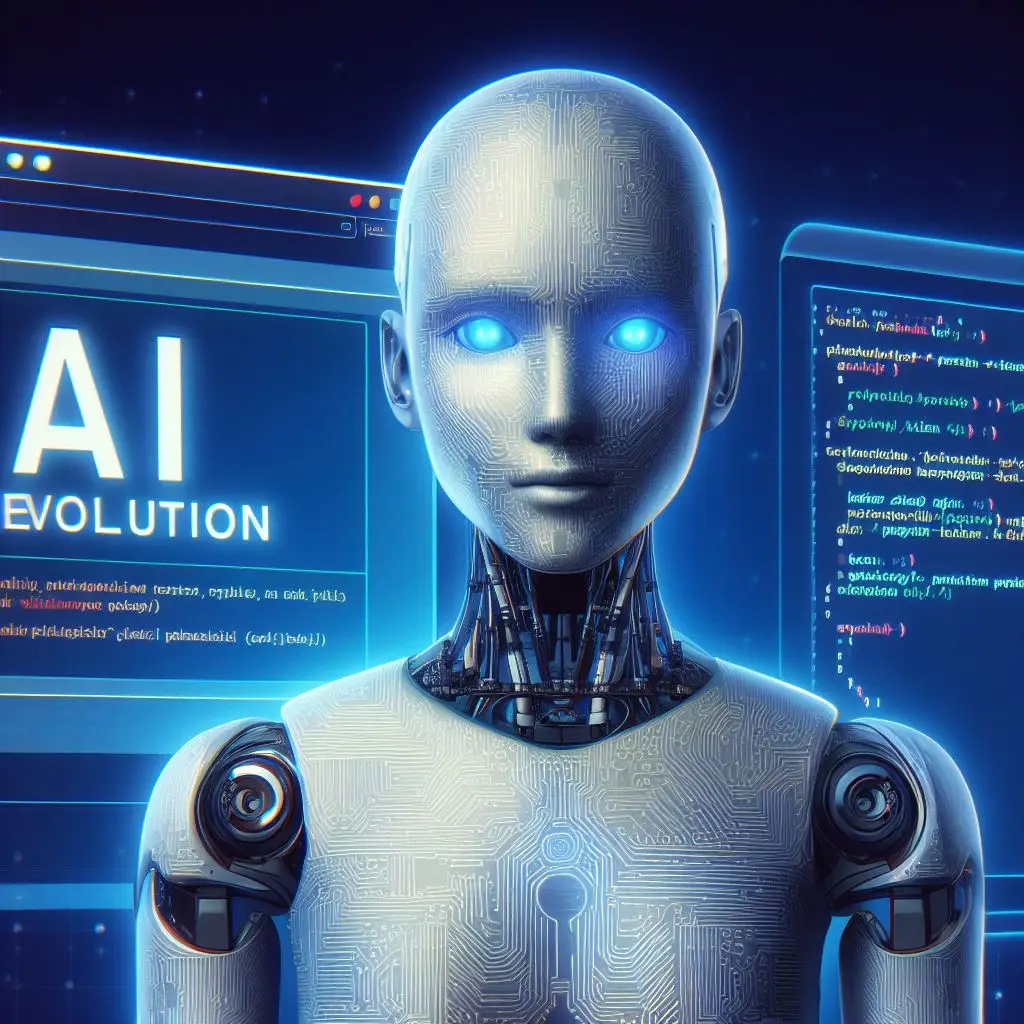In today’s rapidly evolving digital landscape, the volume of unstructured data is growing exponentially across sectors such as healthcare, legal, and finance. This surge in data presents both opportunities and challenges, as handling unstructured information is significantly more difficult than dealing with structured datasets. While structured data follows a predefined format—like rows in a database unstructured data can take various forms, from textual documents to multimedia files, making it harder to analyze and process efficiently.
Traditional methods of handling unstructured data are often inefficient, relying on manual techniques or basic automation that lack the sophistication needed to derive meaningful insights. This challenge is especially pronounced when dealing with complex documents that contain ambiguity or noise. However, an innovative solution from researchers at UC Berkeley aims to revolutionize this process. Introducing DocETL, a low-code, advanced solution powered by large language models (LLMs), designed to streamline the processing of complex, unstructured documents. Through its intuitive YAML interface and a range of specialized operators, DocETL has the potential to transform how industries approach document processing. Learn more about the UC Berkeley AI Research behind this groundbreaking tool.
The Growing Need for Advanced Document Processing
Industries such as healthcare, finance, and legal services are awash in unstructured data. Clinical notes, legal briefs, and financial reports often contain critical information that must be analyzed, summarized, or categorized efficiently. Traditional document processing techniques, however, struggle to keep up with this demand due to the inherent complexities of unstructured data. For a better understanding of the nature of unstructured data and why it's challenging to process, refer to this comprehensive explanation.
Challenges with Unstructured Data
Lack of Consistency: Unlike structured data, unstructured information lacks uniformity, making it difficult to process using conventional methods.
Complexity and Ambiguity: Documents often contain nuanced meanings, ambiguous terms, and context-specific information, which are hard to parse automatically.
While some basic automation and natural language processing (NLP) tools are available, they often fall short of delivering the depth of understanding required to handle complex documents effectively. As the demand for more sophisticated solutions grows, researchers have turned to artificial intelligence (AI), particularly large language models (LLMs), to provide more robust methods for handling unstructured data.
Introducing DocETL: A Low-Code Solution for Complex Document Processing
Researchers at UC Berkeley have developed DocETL, a comprehensive tool designed to tackle the complexities of unstructured data processing. Powered by large language models, this low-code solution offers advanced document processing capabilities through an easy-to-use YAML interface, making it accessible even to non-experts.
How DocETL Works
DocETL operates through a multi-step pipeline that enables users to preprocess, analyze, and extract insights from complex documents. The pipeline involves the following key stages:
Document Ingestion: DocETL accepts a variety of document formats, including PDFs, Word files, and text documents.
Preprocessing: The tool cleans and structures the document, preparing it for further analysis by eliminating noise and identifying key sections.
Feature Extraction: By leveraging its suite of specialized operators, DocETL identifies and extracts key features from the document, such as entities, relationships, and topics.
LLM-Powered Operations: The integrated LLMs perform high-level tasks like summarizing long documents, classifying them into categories, answering user queries, and identifying key entities such as people or organizations.
Through this pipeline, users can automate a wide range of tasks, from document summarization to answering complex questions based on the document’s content. The declarative YAML interface allows users to specify tasks easily, making DocETL a powerful yet accessible tool for professionals across various fields.
Advanced Features and Benefits of DocETL
Summarization and Classification
The tool can automatically summarize long documents, saving hours of manual labor. Whether it's a 100-page legal document or a lengthy medical report, DocETL can extract the essential information, making it easier to review and analyze. It also classifies documents into specific categories, helping users quickly identify the type of document they are working with.
Question-Answering
DocETL goes beyond simple data extraction by answering user queries based on the document’s content. For instance, users in the legal field can ask for specific information within a case file, and the system will retrieve the relevant details. This capability is highly beneficial in industries like legal services, where document complexity is common.
Entity Resolution
One of the standout features of DocETL is its ability to identify and resolve entities within documents. This is particularly useful in fields like healthcare, where understanding relationships between patients, medications, and diagnoses is crucial.
Automatic Pipeline Optimization
DocETL incorporates an automatic optimization feature that fine-tunes the document processing pipeline. By experimenting with different pipeline configurations, hyperparameters, and operator sequences, the tool identifies the most efficient and accurate setup for each task, significantly reducing the need for manual intervention.
Custom Operators
For users with specialized document processing needs, DocETL allows the creation of custom operators. These operators can be integrated into the existing pipeline to extend the tool’s functionality, making it adaptable to a wide range of industry-specific requirements.
Applications Across Industries
DocETL's versatility makes it applicable across multiple sectors:
Healthcare: Medical professionals can use DocETL to process unstructured clinical notes, extract patient information, and summarize medical reports efficiently.
Legal: Law firms can leverage the tool to summarize case files, identify key legal entities, and answer specific queries related to legal documents.
Finance: Financial analysts can automate the processing of annual reports, investor presentations, and market analyses, enabling faster decision-making.
Its adaptability makes DocETL an invaluable tool in any field where unstructured data is prevalent.
Conclusion: A Revolutionary Step Forward in Document Processing
As the need for efficient, accurate document processing continues to rise, DocETL stands out as a cutting-edge solution that combines the power of large language models with a user-friendly, low-code interface. By streamlining the processing of unstructured documents through features like summarization, classification, and entity resolution, DocETL addresses the pain points that many industries face when dealing with complex, unstructured data. Its versatility, coupled with automatic optimization and the ability to create custom operators, makes it a game-changing tool for professionals in healthcare, legal, finance, and beyond.
Whether you are a startup looking to improve workflow efficiency or a large enterprise handling vast amounts of unstructured data, DocETL offers a sophisticated, scalable solution. It not only simplifies document processing but also paves the way for deeper insights, faster decision-making, and greater productivity.









Add a Comment: